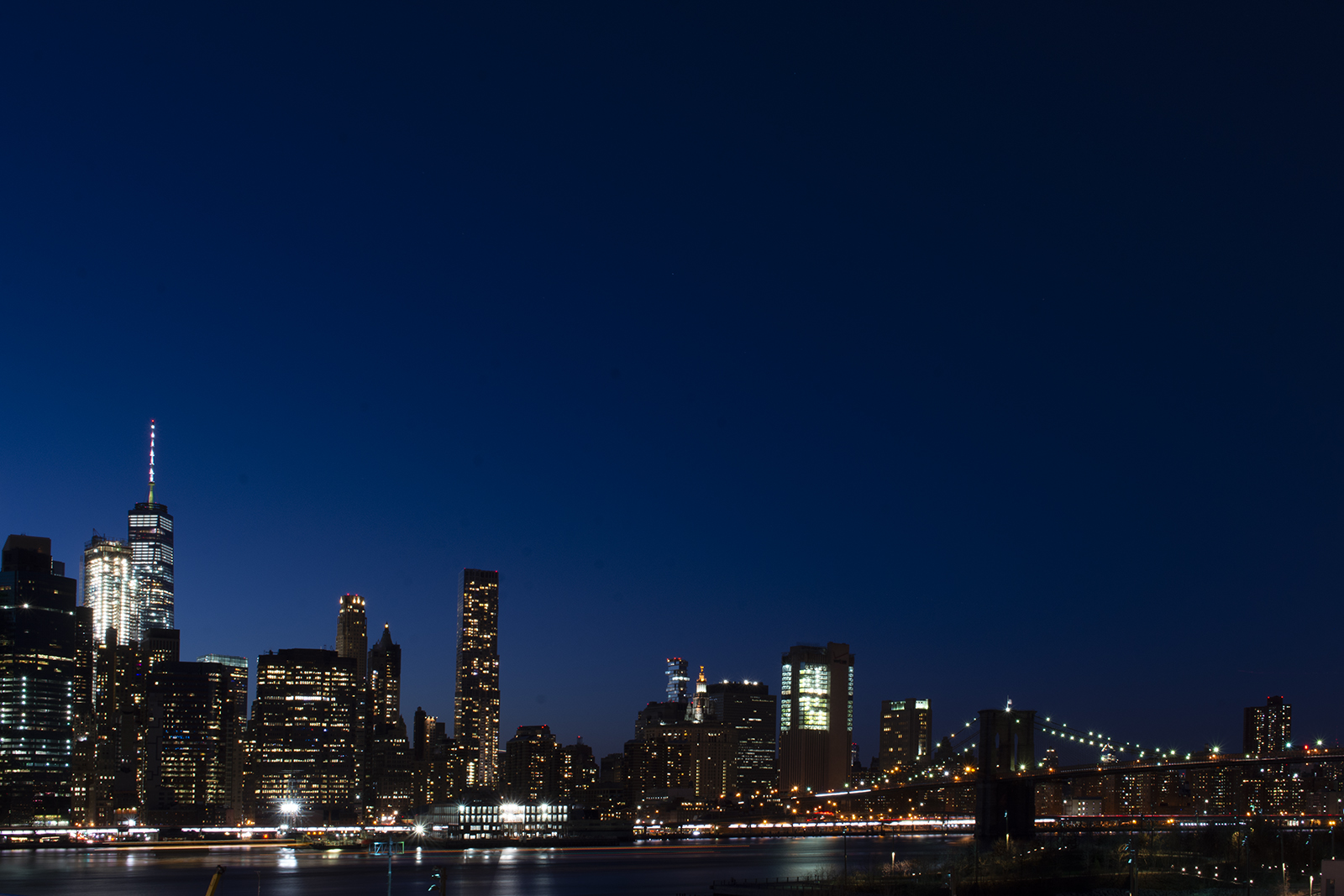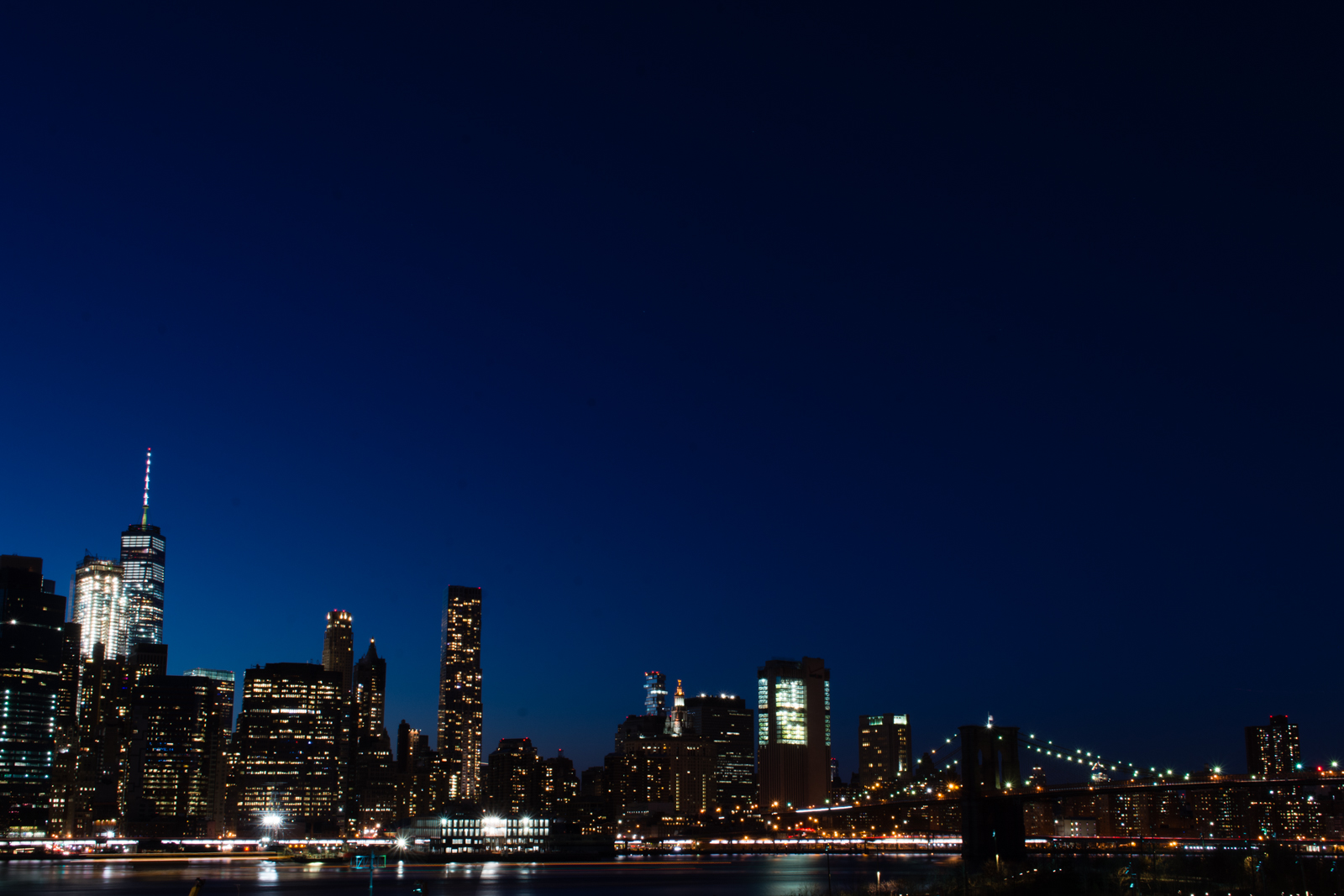Google’s abandonment of the Nik Collection created enough of an outcry that DxO rescued the photo-editing plug-ins in 2017. Now, the Nik Collection has its first new plug-in under the DxO name as part of the updated Nik Collection 3, a major upgrade that adds a new perspective correction tool, non-destructive editing, speed enhancements, workflow improvements, and, of course, new filters.
The last time we used the Nik Collection, the plug-in suite was owned by Google — and free. And while the collection is a long-standing favorite among enthusiast photographers, many of its once-unique features have since hit the mainstream, with similar tools built-in to programs like Adobe Lightroom. Still, Nik Collection 3 is worth it for the right person, and it helped us solve some of our most stubborn photo-editing problems.
We tested the Nik Collection with Adobe Photoshop and Lightroom Classic, but it is also compatible with Lightroom CC, Photoshop Elements, DxO PhotoLab, Serif Affinity Photo, On1 Photo RAW, and any application that’s compatible with Adobe Photoshop plug-ins.
The Nik Collection now includes eight plug-ins, with the new Perspective Efex joining the exiting Define (noise reduction), Viveza (color tool), HDR Efex Pro, Color Efex, Analog Efex Pro, Silver Efex Pro, and Sharpener.

The perspective tool helps correct lens distortion using a lens profile, but similar functionality already exists within Lightroom. However, the volume deformation tool is unique. This corrects size deformities at a photo’s edges — for example, in a group photo, people placed on the edges will appear wider than those in the center, and simple lens correction doesn’t fix this.
Compared to adjusting perspective in Lightroom, the Perspective Efex plug-in did a better job handling objects at the edges of the image, which retained more of their natural shape. Perspective Efex also crops less of the image compared to standard lens correction, which can be important when you have critical elements in on the edge of the frame you don’t want to lose. DxO also demonstrated how the tool even works with the extreme distortions of a fisheye lens.
The second major change in Nik Collection 3 is non-destructive editing within Lightroom. By checking the “save and edit later” box, you can re-open an image in a plug-in multiple times to redo the adjustment. Non-destructive editing creates a TIFF file, which consumes more hard drive space, but that may be an acceptable trade-off for the increased flexibility.
DxO also made a handful of workflow enhancements with this update. The Nik Selective tool, a window in Photoshop that offers fast access to the different plug-ins, has been overhauled and now better matches Photoshop’s user interface and clearly labels what each plug-in does. The Selective tool also now has a “last edit” option that quickly recalls and applies the last settings used in the plug-in, ideal for working with multiple images.
General performance improvements have also been made, and the plug-ins did feel a bit faster in my testing. However, each image still has to be rendered when opening in each plug-in, so working within Nik Collection is slower than simply making edits in Lightroom alone.

New filters have joined the list, but our favorites remain the black-and-white options in Silver Efex, which are modeled after real film.
At $150 (or $79 for Nik Collection 2 owners), the biggest question is whether the plug-ins offer enough features that can’t be found natively in the host programs. At that price, DxO seems to be overshooting the casual market, and the best new features of Collection 3 — Perspective Efex and non-destructive editing — do appeal to a higher-end user, like wedding photographers shooting group portraits or architecture and real estate photographers. For more casual photographers, the great filters, particularly the black-and-white ones within Silver Efex, are another reason to buy — but aside from a few new filters, this isn’t anything new to Collection 3.
DxO is currently sweetening the deal with launch specials through June 30 that drop the price to $100, or $60 for those upgrading from Nik Collection 2.









